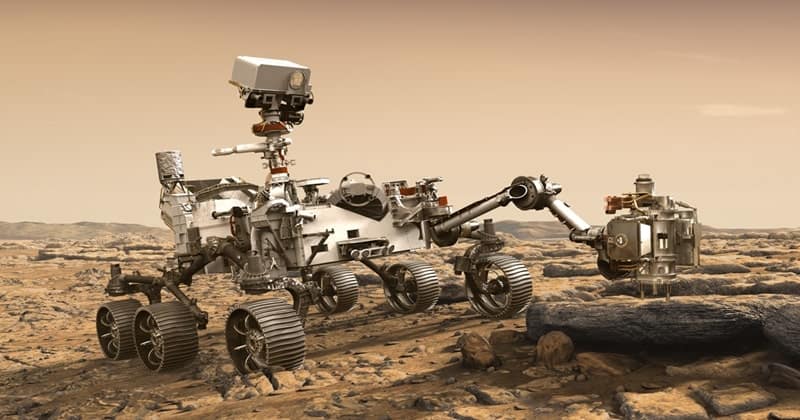NASA just announced its Mars 2020 plan about sending a rover onto the red planet and exploring with its advanced robots. This mission is intended to address the questions of the possibility of human life, past microbial life existence, geology, weather conditions and moreover, future human explorations.
The rover’s driving equipment was tested last week successfully and carriers several scientific types of equipment along to study the surface and atmosphere. It’s reported to have 23 cameras to view all around.

NASA plans to launch this rover in July next year, citing the Earth and Mars are in relatively good positions and takes less power to travel throughout. After all, the rover 2020 is expected to reach the red planet in February 2021, where it begins its purposeful operations.
The Scientific Purpose
NASA mentioned its purpose to be, “Studying Mars’ Habitability, Seeking Signs of Past Microbial Life, Collecting and Caching Samples, and Preparing for Future Human Missions”, with its car-sized rover that has six flexible wheels to travel through rocky terrains of Mars.
The engineering done for this new rover is largely based on Curiosity, the previous rover made in 2012. NASA says the wheel design, range coverage etc are enhanced and this will be the first rover to carry a drill for unearthing samples from Martian rocks. Scientists claim that the planet, before billions of year, had warm surface water, thicker atmosphere and a magnetic force around it. With those assumptions, NASA feels there should be a single-cell life on it at that time.
The Catchy Mission
The rover, which hardly covers 200 yards a day, is tasked with drilling the surface for rocks. This will be done by its two-metered drill arms and preserve them in tubes. Calling this process as Depot Caching, the drilled samples are gathered, stored and preserved in tubes and discarded on the surface for a long time, probably until the next rover comes and picks up them.
NASA says the study on spot wouldn’t be possible with a room-sized intensive laboratory, as infeasible to carry them there. So the samples will be brought back by the future mission which is anticipated in 2026.



